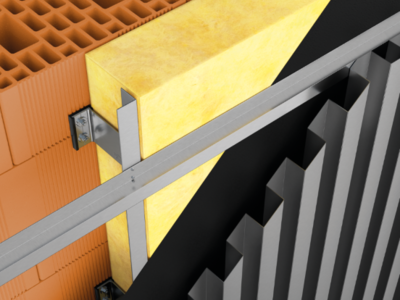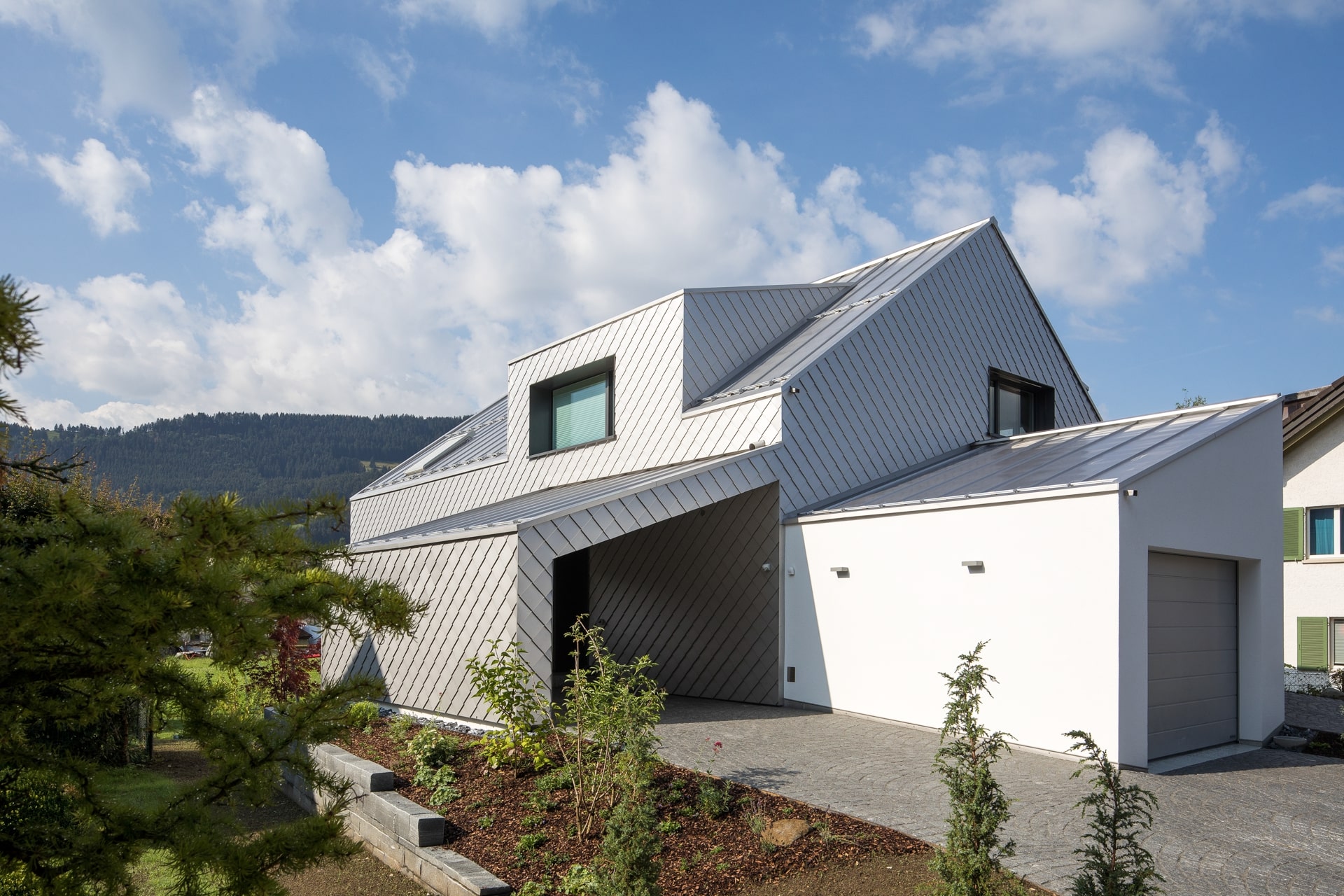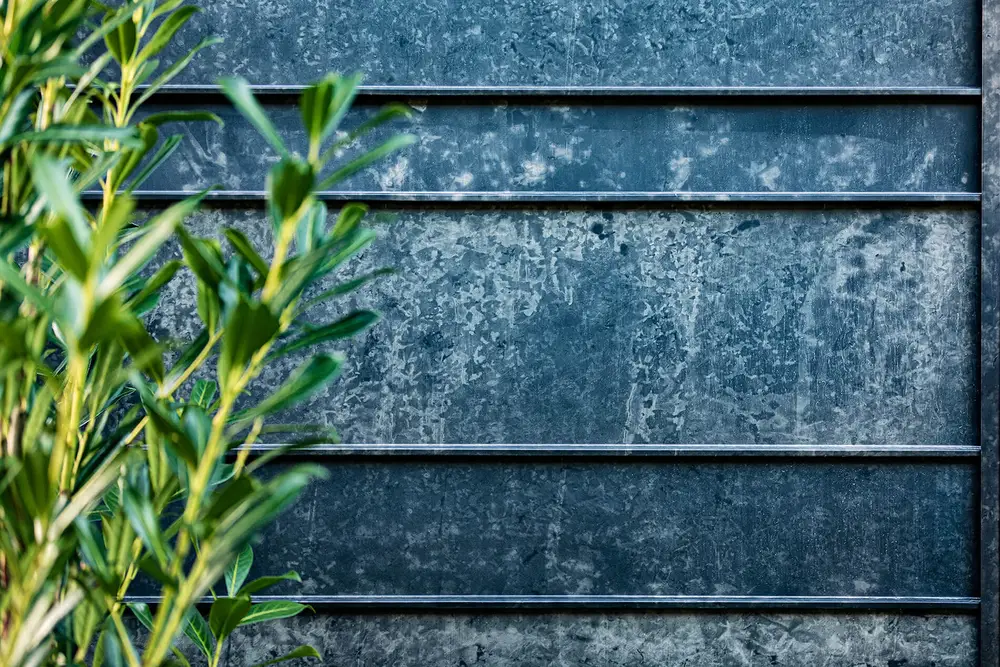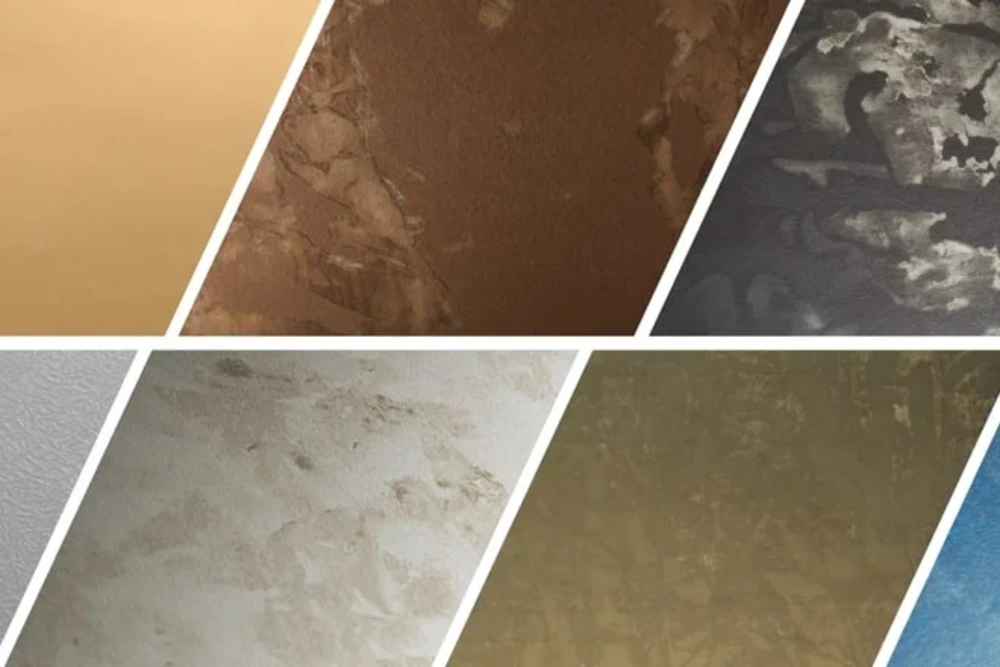Evolution of the building envelope
The building envelope is the interface between the interior and the surroundings, and therefore also shapes the city or the landscape in which it stands. Why is ROOFINOX HFX stainless the evolution of the building envelope?
From simple walls to intelligent constructions
For a long time, a rendered brick facade was the ultimate solution, then came the ventilated rainscreen facade (VHF).
The latter has many advantages: it is breathable, has its own insulation layer that is always dry, is energy-efficient and more economical, is less susceptible to damage and is more environmentally friendly. Roofs developed in a similar way, becoming increasingly robust and durable, from the substructure to the roofing.
From the brushwood roof of yore to complex roof constructions
The last major step was the introduction of the flat roof, which has brought major changes, but cannot be used everywhere and has limitations in terms of durability and maintenance.
A ROOFINOX HFX stainless roof, on the other hand, is forever and ever. And that's no fairy tale.
The same applies to the facade. There is a wealth of materials to choose from here: Fiber cement, various composite panels, wood, ceramics, stone or plastics. Of these, metal is naturally the strongest building material, and the supreme discipline is the rear-ventilated metal facade made of ROOFINOX HFX stainless.
ROOFINOX HFX stainless is also ideal for sheet metal cladding and drainage.










